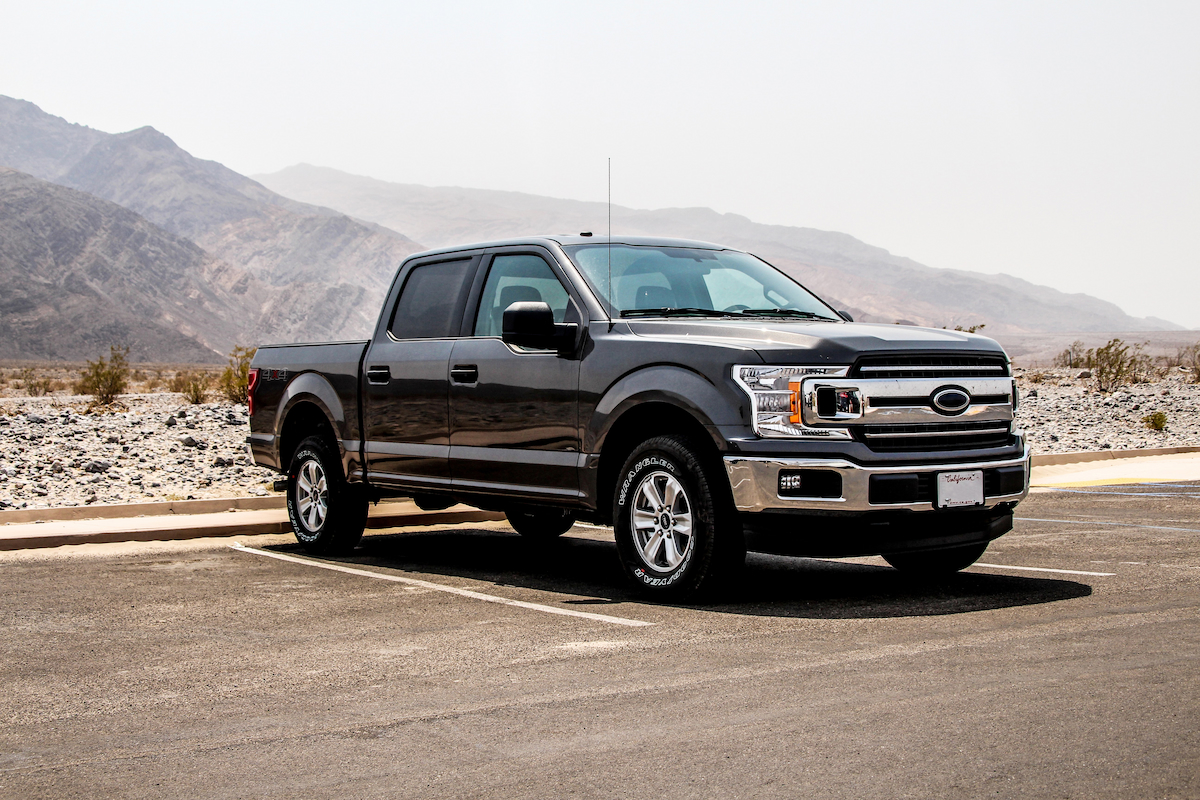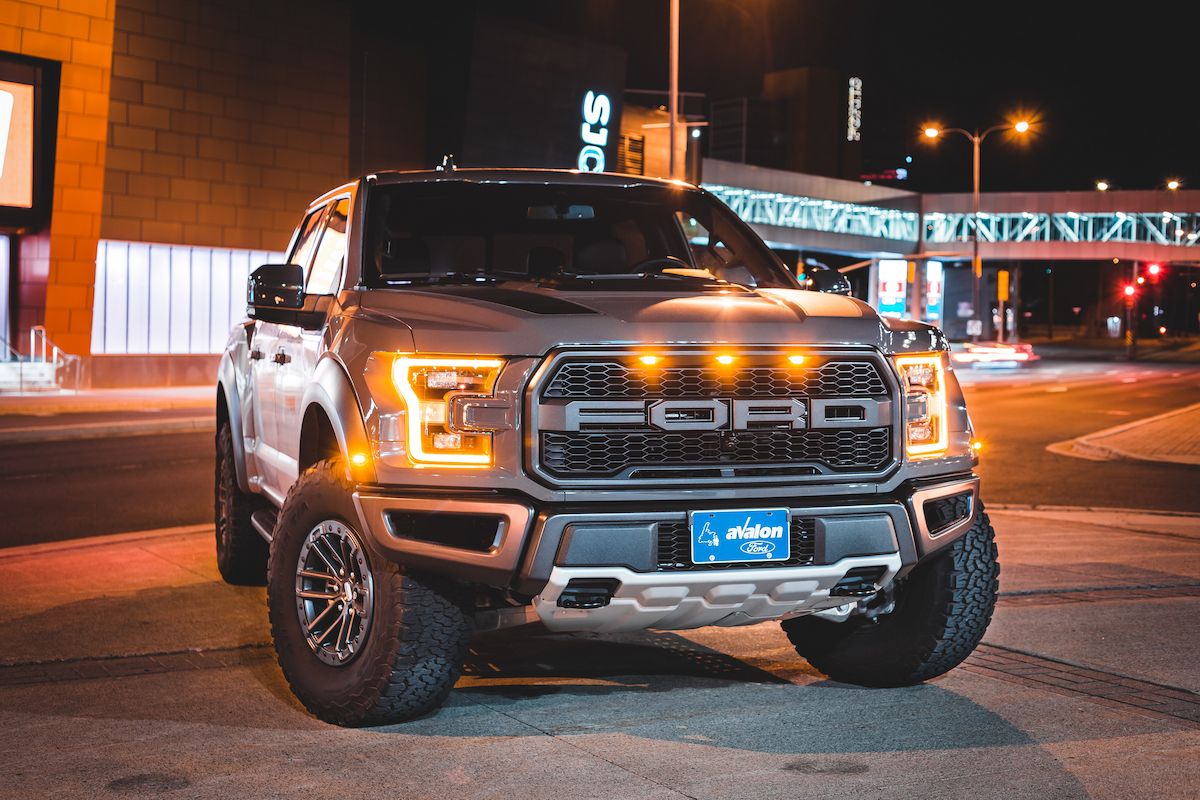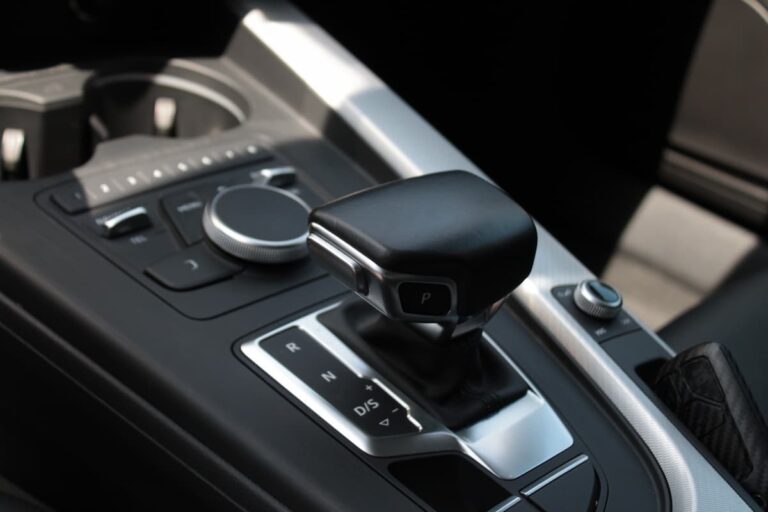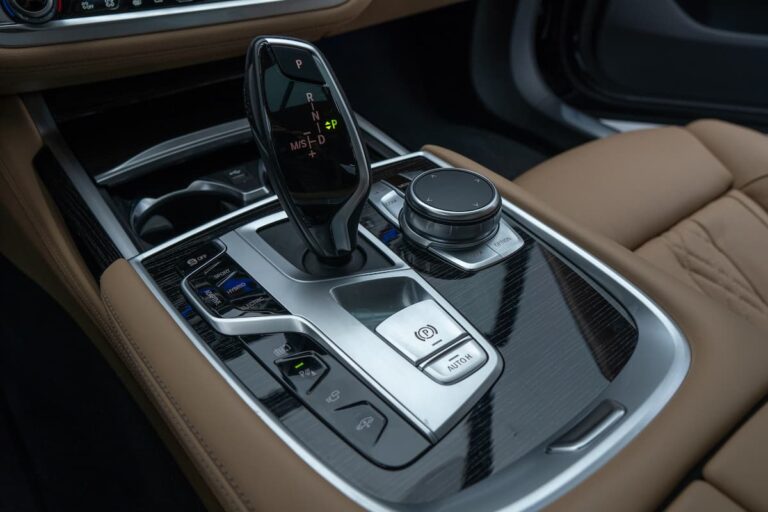Why Are Pickup Trucks Getting So Big? (8 Reasons)
If you’re like me, some of your best childhood memories revolve around pickup trucks: road trips, camping, working with dad, and a million other little moments.
But, it seems like gone are the days when riding in a pickup was its own experience, as trucks become bigger and more luxurious.
Pickup trucks are getting bigger simply because consumers are demanding larger trucks. Many people want larger pickups because they make better family vehicles. Others like the look of big pickups or want the added power so that they can tow heavier loads.
In this article, I will describe the eight main reasons pickup trucks have been getting larger over the past few decades.
Then, I will talk about how much bigger pickups have gotten in the last 30 years in terms of curb weight.
8 Reasons Pickup Trucks Are Getting Bigger

In the following sections, I will describe some of the reasons pickup trucks have gotten bigger over the past few decades.
1. Pickups as Family Cars
Once upon a time, people used their pickup trucks primarily as work vehicles.
And as work vehicles, their bench seats typically only needed to fit a few passengers.
Thus, people used smaller cars or vans if they had to seat the entire family.
Over time, though, people wondered why pickup manufacturers couldn’t just add an extra row so that families wouldn’t have to have two cars.
From there, the crew cab was born, a pickup truck with two rows of seats that could fit five to six people.
2. Toughness
Pickup trucks have long had a reputation as the “tough guy” ride.
I mean, besides a motorcycle, what else would the burly, tattooed dude in the movies drive?
A Prius?
Nah.
Thus, pickups give their owners a particular look that many people find desirable.
And because of this, manufacturers have consistently tried to outdo each other to make the biggest, toughest-looking truck.
Just think of the “Built Ford Tough” slogan that appears in every F-150 commercial or Ram’s “Guts. Glory. Ram.”
Can you imagine if they tried to tie those slogans to the comparatively tiny pickups of yesteryear?
Today, people would find that image downright ridiculous.
So, truck manufacturers try to give consumers, and advertisers, exactly what they want: big, scary trucks that look like they can take on the world.
3. Towing Capacity
Year over year, the towing capacities of trucks have increased.
Why?
Well, people want the option of being able to tow heavier loads.
Plus, having the title of “Highest Towing Capacity” has become a matter of pride for truck brands, so they constantly race to outdo each other.
Yet, when you increase towing capacity, you generally have to increase the truck’s size too.
4. Perception of Safety
Over the past few decades, car safety features have become more and more of a selling point.
And what’s safer than a truck that dwarfs more than half the vehicles on the road?
Thus, many people buy large pickup trucks believing they are getting a safer car.
And I won’t discuss in this article whether pickup trucks are actually safer than other cars because that’s not the point here.
The important thing to understand is that people want bigger trucks because they believe they’re safer.
If you want to know whether big pickup trucks are genuinely safer, you can read more here.
5. New Technology
As technology advances and more features become standard in modern trucks, manufacturers have to find a place to put all this new tech.
And the easiest way to get all the new features to fit is simply to make the trucks larger.
Basically, if manufacturers were to try to keep trucks small while still having all these features, they would have to hire extra designers to plan out specific configurations.
But, hiring more designers costs money, so many of them just choose to make their trucks larger so that they can easily place everything inside.
6. Reliability
When people discuss why pickup trucks are becoming bigger, many forget that larger trucks tend to be more reliable than their smaller counterparts.
You see, auto designers can only work with the space they have.
So, if they have to cram a bunch of parts into a tiny space, they won’t be able to lay everything out in the most logical way possible.
When this happens, you get parts that overlap in awkward ways and rub up against each other, leading to quicker wear and tear.
Conversely, when there is enough room to place the vehicle’s internal pieces in the most rational manner, you end up with a truck that will require fewer repairs in the future.
7. Cab and Bed Space
Larger pickup trucks don’t just give you more room to seat people.
You also get a lot more space for your belongings.
I mean, just think about the standard pre-2000s pickups.
With one cramped bench seat, you had little room to store items you couldn’t put in the bed.
But, now, with two rows of seats, there’s plenty of space to put important objects that you don’t want to risk damaging in the bed.
Furthermore, as trucks get bigger, so do their beds.
And when people hear that they no longer have to play Tetris to fit all their equipment in their truck’s beds, they’re more likely to buy.
8. Engine Power
Over the years, power has become more and more important to pickup truck drivers since people want to get the best possible performance out of their vehicles.
And typically, a bigger, better performing engine means you need a bigger truck.
How Much Heavier Have Trucks Gotten?

Over time, trucks have gotten quite a bit heavier.
As an example, let’s look at the curb weights for different years of the Ford F-150:
- 2020 F-150 – 4,069 to 5,684 pounds (1,846 to 2,578 kg)
- 2010 F-150 – 4,693 to 5,908 pounds (2,129 to 2,680 kg)
- 2000 F-150 – 3,923 to 4,806 pounds (1,779 to 2,180 kg)
- 1996 F-150 – 3,925 to 4,307 pounds (1,780 to 1,954 kg)
As you can see, the heaviest F-150 in 1996 is only a few hundred pounds heavier than the lightest 2020 F-150.
Meanwhile, the heaviest F-150 gained 1,377 pounds (625 kg) in 24 years.
And to show that this isn’t an isolated incident, let’s look at the Chevrolet Silverado 1500:
- 2020 Silverado 1500 – 4,520 to 5,240 pounds (2,050 to 2,377 kg)
- 2010 Silverado 1500 – 4,443 to 5,509 pounds (2,015 to 2,499 kg)
- 2000 Silverado 1500 – 3,923 to 4,748 pounds (1,779 to 2,154 kg)
- 1997 Silverado 1500 – 3,870 to 4,836 pounds (1,755 to 2,194 kg)
Thus, the Silverado 1500 has increased in weight as well, with its heaviest trim gaining 404 pounds (183 kg) in 23 years.
Bottom Line
Pickup trucks have gotten bigger for several reasons, all having to do with consumer demand.
For example, as our hunger for power increased, trucks required bigger engines and bodies to keep up.
But, what about the future?
Will consumers continue to demand larger and larger trucks?
Only time will tell.






